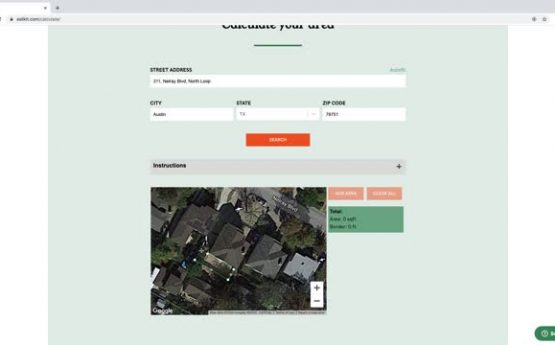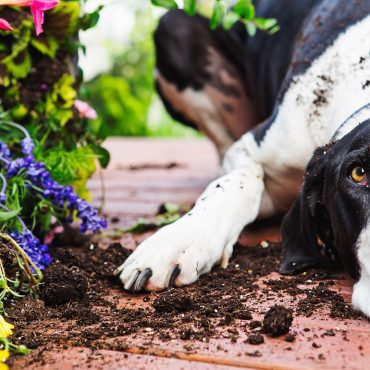Using fertilizer spreaders is the best way to apply fertilizers and other soil amendment products to your lawn. With a little effort and practice, homeowners can consistently apply fertilizers evenly over their lawn. Knowing how much and where fertilizers are being added helps to maintain a healthy lawn, while also being environmentally responsible. Mr. Buck Farrior, Agronomist Consultant to AgriTech, explains, “You are trying to make sure that each square foot of a lawn has the right amount of fertilizer.” Under-application of fertilizer causes the lawn to grow poorly and become susceptible to weeds and some diseases. Over-application of fertilizer can also damage lawns and even be harmful to the environment.
How to Use
How do you use a fertilizer spreader? First you need to know how much fertilizer you are trying to deliver. The fertilizer package often gives instructions on how much to apply and what setting to use for a few different fertilizer spreaders. A soil test can also be used to determine how much fertilizer needs to be spread on the lawn. According to Mr. Farrior, “Soil test results like those produced by SoilKit give you the total amount of fertilizer to be applied to the entire property and the amount of fertilizer product to apply per 1,000 square feet. Once you know how much product needs to be applied per 1000 square feet, the spreader setting can be found in the user’s guide of your spreader. On every spreader, there is a series of numbers or letters near the base of the lever used to open and close the opening that allows the fertilizer to flow out. There is also a way to set a stop at various points on the scale. By setting the stop you can consistently open the flow gate to the same point on the scale each time you open and close the flow gate. This is called the spreader setting.
There is a good chance that your spreader model will not be listed on the fertilizer label. There are some ways to get to a good beginning point, Mr. Farrior explains “ by setting the stop at about one third of the total scale (if the scale is 0-12, about 4) the spreader should deliver about 3-3.5 pounds of fertilizer per thousand square feet. Begin to fertilize the lawn in an inconspicuous area of the lawn and measure out a 20 ft. by 50 ft. area. Pour in a known amount of fertilizer in the hopper and cover the measured area. Weigh or measure the amount of fertilizer left and subtract it from the original amount added. This will give a good estimate of the amount being applied per 1000 square ft.. Adjust the setting to deliver more or less as needed. If no scales are available use volume. A quart of fertilizer weighs a little over two pounds, so measure accordingly.

Types of Spreaders
Rotary and Drop spreaders are the two basic types of spreaders. The rotary spreader is composed of a hopper in which you pour the fertilizer, an orifice, through which the material is metered and an impeller that throws the fertilizer in a swath as the spreader is being pushed over the lawn. Sometimes it is difficult to know exactly how wide the swath of a rotary spreader is. It varies with walking speed and the density of the material being spread. Mr. Farrior says “A good rule of thumb is to try to spread close enough to throw fertilizer to the previous wheel track.”
Drop spreaders have a series of holes along the length of the hopper. The fertilizer drops straight beneath the spreader. They are more precise than rotary spreaders, and it is easy to know how wide the swath width is. However, they are more labor intensive.
As for deciding between the two, Mr. Farrior explains his reasoning, “For me, it depends how much land I am trying to fertilize. If I am spreading on an acre of land I would use a rotary spreader. If I am spreading on 500 square feet [of land], I would want to use a drop spreader because it is easier to calibrate and more precise.”








